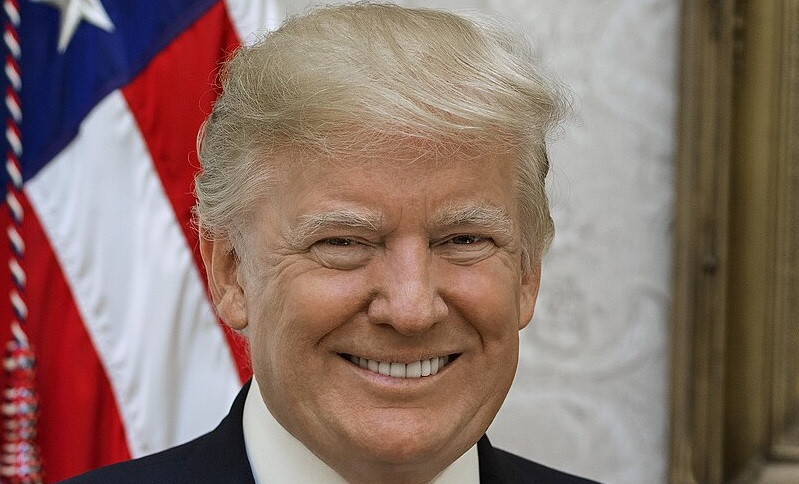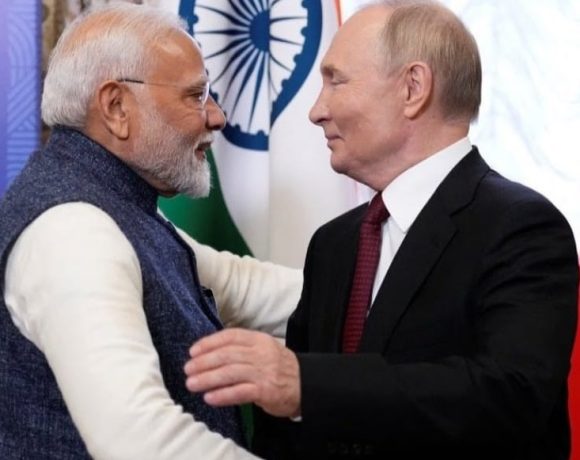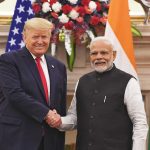
US Floats $30 Billion Civilian Nuclear Deal for Iran, Demands Zero Enrichment
The United States has proposed a sweeping $30 billion civilian nuclear energy deal for Iran, conditioned on Tehran fully halting uranium enrichment activities. The proposal, put forth by the Trump administration, seeks to de-escalate tensions following recent military strikes and aims to re-engage Iran through an economic and energy-based incentive, backed by U.S. and Gulf partners.
Officials indicated that the plan envisions the construction and support of civilian-use nuclear power facilities, potentially including replacement infrastructure for the Fordow site damaged during recent operations. However, the offer comes with a stringent non-negotiable clause: Iran must agree to a total cessation of uranium enrichment, regardless of whether for civilian or research purposes. Instead, it would be allowed to import pre-enriched fuel under strict international safeguards.
Civilian Nuclear
The proposed agreement is being marketed as a face-saving diplomatic alternative that allows Iran to pursue nuclear energy under a strictly civilian framework, devoid of any enrichment rights. Funding from the United States and Gulf allies would be allocated for reactor infrastructure, training, and energy development, all under tight international supervision. Proponents argue that it allows Iran to retain some prestige and energy sovereignty while stepping back from weapons-capable infrastructure.
Enrichment Red Line
At the heart of the deal is Washington’s firm insistence on zero enrichment within Iran. This red line reflects a strategic shift away from prior frameworks, such as the 2015 JCPOA, which allowed limited enrichment under monitoring. The new proposal demands complete dependence on foreign-supplied fuel, a condition that challenges Iran’s deeply entrenched stance on its right to enrich uranium. U.S. officials believe any future nuclear arrangement must include irreversible curbs on Iran’s ability to manufacture fuel that could be diverted for military use.
Diplomatic Calculus
The timing of the offer follows a fragile ceasefire in the broader Middle East conflict and recent Geneva diplomatic efforts. U.S. strategy appears to be shifting from punitive military responses to high-stakes economic incentives. By presenting a massive investment deal tied to clear non-proliferation benchmarks, Washington is testing Tehran’s willingness to prioritize economic recovery over strategic defiance. The success of this proposal, however, hinges not only on Iran’s response but also on the willingness of Gulf states to help finance the plan and the ability of both sides to navigate longstanding distrust.
As diplomatic channels reopen, the $30 billion civilian package could become the cornerstone of a new nuclear deal—or yet another missed opportunity in the volatile history of U.S.–Iran relations.


















